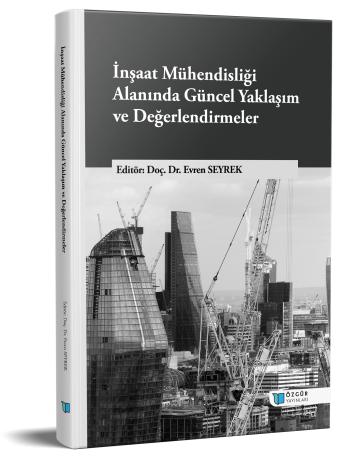
A Comparative Analysis of Structural Systems: An Evaluation Centered on Cold-Formed Steel Structures
Chapter from the book:
Seyrek,
E.
(ed.)
2025.
Contemporary Approaches and Assessments in the Field of Civil Engineering.
Synopsis
This book chapter comprehensively examines cold-formed steel structural systems, also known as "light-gauge steel" or "thin-walled steel," within the modern construction industry. The study comparatively evaluates this innovative type of construction against traditional and modern structural systems, including timber, masonry, reinforced concrete, prefabricated, and structural (hot-rolled) steel. The advantages and disadvantages of each system are analyzed in detail based on fundamental criteria such as material properties, structural system behavior, seismic performance, construction speed, cost-efficiency, and environmental impacts. The chapter specifically focuses on cold-formed steel systems, presenting information on their historical development dating back to the early 20th century and the roll-forming technology used in their production. Commonly used cross-sectional geometries such as C, U, Z, and Sigma, and the national and international codes on which their design is based, such as TBDY 2018, AISI S100-16, and Eurocode 3, are discussed. The system's advantages, such as the reduction in seismic demand due to its lower mass compared to reinforced concrete structures, are highlighted. However, its primary disadvantages are also addressed from an objective perspective, including the need for additional insulation to prevent thermal bridging, the requirement for periodic maintenance against corrosion, and slenderness issues that necessitate complex analyses for failure modes like distortional buckling, which are not observed in conventional steel sections. Furthermore, attention is drawn to its practical applications, such as its role in meeting the urgent shelter needs in the region following the February 6, 2023 Kahramanmaraş earthquakes. The design principles of connection elements—such as screws, rivets, and welds—which directly affect structural integrity, strength, and ease of assembly, are also addressed. In conclusion, this study presents a comprehensive evaluation of different structural systems and aims to assist engineers, architects, and researchers in selecting a suitable system for their project requirements.

